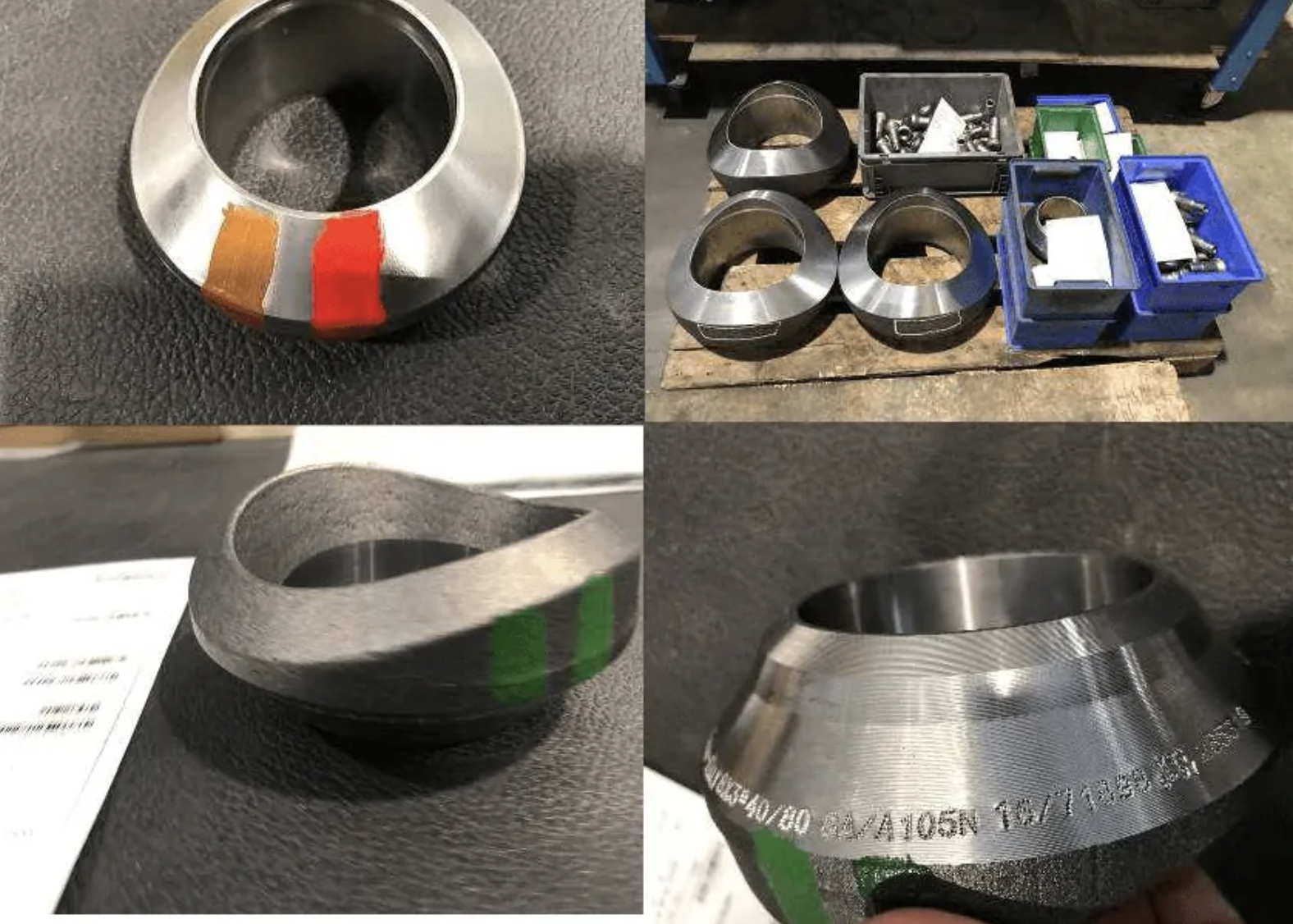Many industrial plants are facing large scale disruptions in their operations due to the effects of the pandemic. There is a case for adopting new approaches to cut costs, enhance efficiency, and save time. An NDT inspection company today will employ cutting-edge technology to manage overheads and address such issues effectively. Here are some of the scientific developments in non-destructive testing.
Phased Array Ultra-Sonic Testing Techniques
Phased Array Ultrasonic Testing (PAUT) is one of the more recent improvements preferred over the typical ultrasonic methods. Ultrasonic testing involves pipe inspection to probe weld joints, pipe lays, and storage tank inspections. While it is effective for many pipeline applications, it is not the ideal method for complex geometries.
An NDT inspection company will choose PAUT over Ultrasonic. One reason is that it can probe the assembly through multiple angles. The technician will have to keep moving the device to cover the entire area.
PAUT, on the other hand, can probe across multiple angles without moving the equipment. Therefore, it makes NDT inspections simpler and faster.
The Application of Non-Destructive Examination 4.0
One of the shortcomings of NDE inspection methods is the lack of effective communications. The principle of NDE 4.0 is to enhance connectivity and speed up processes. Thanks to the development of digital tools, technicians can take images and send them for analysis.
For example, a digital radiography tool can take images during storage tank inspections. The data is sent to managers to evaluate if there are issues with the installation. The same visual could be sent to an NDT inspection company to determine if it complies with industry regulations.
Data Formats for NDE 4.0
In the past, most information for Non-destructive testing was in a proprietary format. Unfortunately, proprietary systems do not facilitate communications between different end-users. Documentation is also necessary to ensure correct implementation.
Industry experts have proposed formats such as the DICONDE (Digital Imaging In Non-Destructive Evaluation). The standard supports a unified platform for exchanging data.
A unified platform eliminates the need for conversion. It facilitates speedy communication between end-users and the NDT inspection company.
Artificial Intelligence, Drones and Robotics
Another time-saving method that an NDT inspection company may use is drones and robotics. Drones increase workplace safety, boost accuracy, and enhance reliability. The use of artificial intelligence may augment the benefits of using drone technology.
Codes and Standards
However, for industrial tank inspections, there is a need for standards that cover NDE protocols. That comes from the recognition that AI systems can be prone to both human and algorithm errors. Nevertheless, AI has been successful in other areas like medicine.
In the future, standardization may make AI a more efficient system for detecting flaws in real-time. The machine can learn of inconsistencies and faults from previous industrial tank inspections.
Get Reliable NDT inspections and Analysis
Corrosion incurs an expense of $5 billion a year for each arm of the armed services. Reducing the resources organizations use for NDE is one of the factors driving technological advances. Connectivity and real-time evaluation will be a principal objective for many industrial plants that carry out inspections regularly. For reliable and trustworthy inspections that meet the applicable codes, specifications, and standards, which can also be customized to meet your specific needs, contact InServe Mechanical Integrity Group today.




